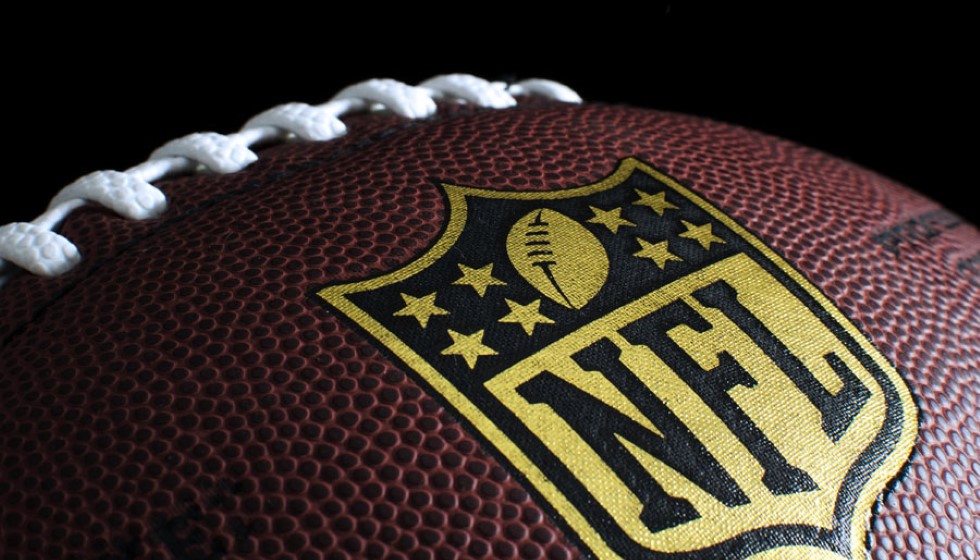
Haason Reddick's Trade Saga: A Cautionary Tale in Professional Sports Contract Negotiations
In the bustling world of professional sports, where transitions and trades are routine, the saga involving Haason Reddick and the New York Jets presents a cautionary tale about the nuances of contract negotiations. The standout edge rusher, who was traded from the Philadelphia Eagles to the Jets in April, remains notably absent from the team's lineup due to a protracted contract dispute.
Reddick's acquisition was initially hailed as a strategic move for the Jets, who secured his talents in exchange for a conditional pick in the 2026 NFL Draft. The deal initially appeared straightforward, hinging on Reddick's ability to meet predefined performance metrics—playing in 67.5% of defensive snaps and achieving double-digit sacks—which would convert the exchanged pick into a second-round selection for the Jets.
However, an undercurrent of dissatisfaction soon surfaced, leading Reddick to abstain from reporting to the Jets' camp, thereby bypassing crucial offseason training and the first six weeks of the regular season. This absence stemmed from a promise unfulfilled; Reddick was led to expect a new multi-year contract, a promise the Jets have yet to honor.
The clash here revolves around a financial stalemate. While Reddick seeks a multi-year deal boasting an average annual salary of at least $20 million, the Jets are insistent on him playing out the remaining year of his existing contract, valued at $14.25 million. As a consequence, Reddick has incurred a substantial financial loss, forfeiting over $5 million during his holdout.
Amidst this turmoil, a shift in Reddick’s representation has emerged. Formerly represented by Creative Artists Agency (CAA), Reddick has transitioned his agency to NFL super-agent Drew Rosenhaus, known for his prowess in negotiating high-stakes sports contracts. Rosenhaus has been actively communicating with Jets General Manager Joe Douglas, expressing a desire to reconcile the interests of both parties. As Rosenhaus succinctly put it, the "main goal is to work things out between his new client and New York."
The Jets, for their part, remain cautious. Skeptical of Reddick's value without seeing him perform in the upcoming season, they are holding off on offering a long-term deal. The insistence is clear: Reddick must demonstrate his worth on the field in the 2024 season before any negotiations can be revived. The imposed deadline for resolving these talks is Week 13, a critical juncture for Reddick if he aims to maintain his eligibility for free agency by March 2025.
As the clock ticks, this stalemate underscores fundamental issues in professional sports contracts—balancing long-term financial security with the obligation to honor existing agreements. Reddick’s situation serves as a vivid reminder of the high stakes involved and the intricate negotiations that players and their representatives must navigate.
For the Jets, the resolution may determine not only the trajectory of their defensive strategy but also the broader implications of how the franchise is perceived in handling player relations and contract disputes. Meanwhile, Reddick remains at a crossroads, tasked with weighing his career aspirations against financial security, all while keeping a watchful eye on looming deadlines.
The unfolding events echo across the NFL, illustrating the complex dance between teams and players—a dynamic fraught with promises, expectations, and the inevitable clash of priorities.